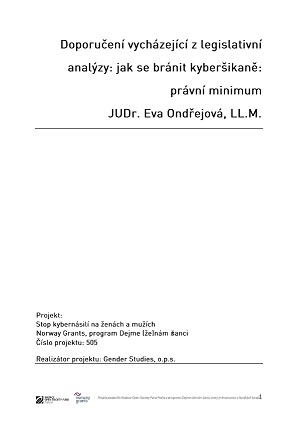
We kindly inform you that, as long as the subject affiliation of our 300.000+ articles is in progress, you might get unsufficient or no results on your third level or second level search. In this case, please broaden your search criteria.

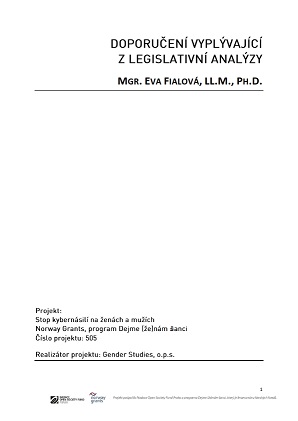
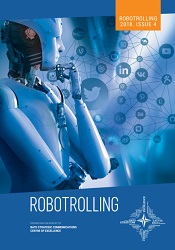
This issue of Robotrolling examines users suspended by Twitter. Contrary to expectation, most of the accounts were human-controlled accounts rather than bots. Since 2017, the speed at which Twitter suspended misbehaving users has by two measures almost doubled. However, removals of Russian-language accounts have been considerably slower than for English. The speed of removal can be critical, for instance in the context of an election. The Latvian elections, conducted on 6 October 2018, passed with remarkably little Russian language activity about the NATO presence in the country. Our analyses show a movement in the past year away from automated manipulation to humans operating fake or disposable identities online. The figures published in this issue reflect the good work done to tackle bots, but show much work remains to tackle manipulation through fake human-controlled accounts. Bots created 46% of Russian-language messaging about the NATO presence in the Baltics and Poland. More than 50% of Russian-language messaging about Estonia this quarter came from automated accounts. Anonymous human-operated accounts posted 46% of all English-language messages about Poland, compared to 29% for the Baltic States. This discrepancy is both anomalous and persistent. Some of the messaging is probably artificial. We continue to publish measures of fake social activity in the hope that quantifying the problem will focus minds on solving it.
More...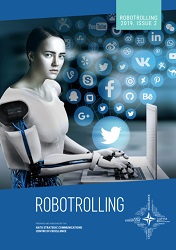
On the popular Russian-language social network VK, material about the NATO presence in the Baltics and Poland was viewed no less than 11 million times this quarter (February – April 2019). 93% of these views were for material from community spaces. On VK, community spaces are increasingly important, both as a sources of content and as places for discussion. The move to groups has implications beyond the Russian-language space. Facebook has recently launched a push to promote community spaces. These spaces, normally closed to researchers, offer huge potential for misuse and manipulation. Our investigation of VK community spaces reveals that the vast majority of groups in which NATO is discussed are communities with radical pro-Kremlin or nationalist tendencies, or dedicated to the conflict in Ukraine. These communities generate more posts and attract more views even than communities created by Russian state media outlets. On Twitter, bots tweeting in Russian remain a bigger problem than bots tweeting in English. In Russian, they account for 43% of all messages—a significant increase in recent months. In English bots posted 17% of messages. English-language bots this quarter overwhelmingly amplified news content from RT (formerly Russia Today) and other pro-Kremlin news outlets. On all platforms, discussion regarding NATO troops in Poland attracted the largest number of posts this quarter. Finally, in this issue we publish our first case study of manipulation on Facebook. It looks at the degree to which bots and trolls targeted posts promoted by Latvian political parties contesting the European Elections in late May 2019.
More...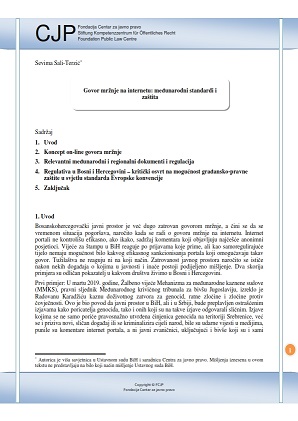
Hate speech on Internet has been more present in public discourse in Bosnia and Herzegovina in the last years, as noted by ECRI and European Commission in their reports. The particular problem presents the fact that, despite ECRI recommendations from 2016, and obligations that BiH accepted by ratification of the Additional Protocol to the Convention on Cybercrime, concerning the criminalisation of acts of a racist and xenophobic nature committed through computer systems, criminal laws have not been amended in a way to conform to the requirements set forth in this document nor in Committee of Ministers' Recomendation 97(20). Also, there is no adequate protection in civil or administrative laws that would allow those affected by on-line hate speech to seek redress. It is argued in this Article that the competent authorities should develop a comprehensive strategy to tackle on-line hate speech. This strategy should include different measures such as: legislative amendments in criminal and civil laws, enactment of a separate law that would include a clear definition of hate speech, obligations of on-line media in relation to establishing mechanisms for more efficient monitoring and prevention of hate speech, as well as their civil liability for hate speech in their publications and for users generated content. However, all legislative measures should be carefully designed in order not to undermine or allow disproportional restrictions to the freedom of speech or to have “chilling effect” on media or to discourage public debate and criticism. Until then, the courts should adhere to their constitutional obligation to directly apply ECHR and should interpret inadequate laws in a way that will not undermine the Convention rights.
More...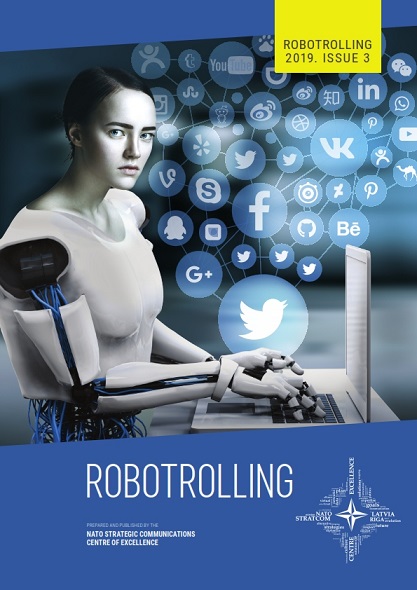
In the period May—July 2019 bots accounted for 55% of all Russian-language messages on Twitter. This big increase in automated activity was largely driven by news-bots contributing to information effects around stories published by the Kremlin’s propaganda outlet, Sputnik. On VK, the bot presence also increased, and currently accounts for one quarter of all users. 17% of English language messaging was done by bots. Three military exercises were of particular interest for Russian-language bots on Twitter and VK: Spring Storm, Baltic Operations (BALTOPS), and Dragon-19. The level of Twitter activity during the month of July was less than half that observed for the period May–June. Having studied robotic activity for almost three years, we see a clear pattern: whenever a military exercise takes place, coverage by hostile pro-Kremlin media is systematically amplified by inauthentic accounts. In this issue of Robotrolling we take a closer look at how manipulation has changed during the period 2017–2019 in response to measures implemented by Twitter. Since 2017 bot activity has changed. Spam bots have given way to news bots—accounts promoting fringe or fake news outlets—and mention-trolls, which systematically direct messaging in support of pro-Kremlin voices and in opposition to its critics. We present an innovative case study measuring the impact political social media manipulation has on online conversations. Analysis of Russian Internet Research Agency posts to the platform Reddit shows that manipulation caused a short-term increase in the number of identity attacks by other users, as well as a longer-term increase in the toxicity of conversations.
More...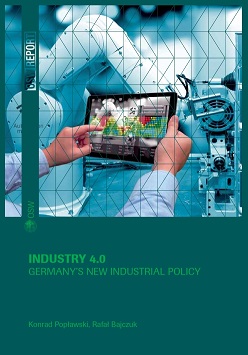
The Fourth Industrial Revolution is characterised by the extensive use of the internet and the computerisation & roboticisation of all spheres of the economy. Its symbols today are smartphones and electric cars, but in the near future we will witness the creation and use of smart cities, smart electrical grids and smart factories. Today’s industry is changing at an unprecedented rate. The earlier industrial revolutions, i.e. periods of fundamental changes in the modes of production and communication, proceeded at a much slower pace than those we are observing today. The first industrial revolution utilised coal and steam to mechanise production and transport. The second disseminated the means of mass production by the use of electricity and the internal combustion engine. The third, digital revolution, which began in the middle of the last century, automated industrial production and globalised communication. The German economy, which reached a very high level of sophistication in the industries of the first and second industrial revolutions – in heavy industry, electronics and the automotive branch – did not benefit so greatly from the digital revolution.
More...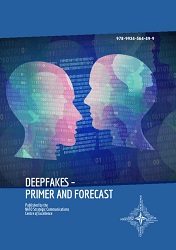
“Artificial intelligence”—the broad category of study exploring the creation of intelligent machines—has enjoyed a resurgence in the last decade, driven by a combination of research breakthroughs, a massive expansion in access to data, and advances in computational hardware. New developments and applications have captured the imagination of policymakers and the public at large, inspiring both hopes and fears around artificial intelligence and its future prospects. Among the many areas of concern around the technology, perhaps one of the most widely discussed has been the threat posed by “deepfakes”: synthetic audio, images, and video generated with artificial intelligence. Deepfakes are often strikingly realistic and sometimes challenging to distinguish from the genuine article. Artificial intelligence has been used to produce deepfakes depicting prominent political figures from Donald Trump to Vladimir Putin saying a variety of things they never in fact said.
More...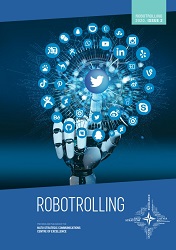
Bot activity this quarter fixated on the global COVID-19 pandemic, with conversations about the virus captured by our dataset peaking in March. Pro-Kremlin social media accounts amplified a false story, originally shared by a Russian politician, that Poland closed its airspace to Russian planes delivering humanitarian aid to Italy. Though we found that bots commanded the Russian-language conversations about COVID-19, their content was no more viral than examples from recent Robotrolling reports. Throughout this quarter, we observed a considerable reduction in both the number of unique users and volume of messages. Inauthentic English- and Russian-language activity experienced a similar decline. Since late March, Russian-language activity on Twitter and on VK has been abnormally low. On VK, the conversation about NATO in the Baltics and Poland is currently being conducted in groups with regional or nationalist profiles. Notably, the large Russian state-run media outlets we frequently observe on the platform have engaged far less with the subject in recent months. Additionally, we observed a halving of posts from bot accounts this quarter. Finally, in this edition of Robotrolling, we delve into the role of pro-Kremlin bots in spreading disinformation about COVID-19 throughout March. In our analysis, we identify striking differences between how bots engaged with COVID-19 in the Russian- and English-language information spaces.
More...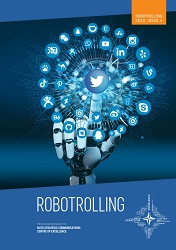
This quarter, the disputed presidential election result and nationwide protests in Belarus were the main targets of inauthentic Russian-language accounts, resulting in a cluster of spikes in fake activity in August. Pro-Lukashenka users concocted an external threat from NATO by pushing false claims of NATO buildup along the Belarusian border and shared rumours of impending intervention. Automated users asserted that NATO posed an internal threat in Belarus as well, alleging that the demonstrations are “puppeteered” by the West. The situation in Belarus coincided with the most pronounced uptick in attention from identifiably human Russian-language accounts. Compared to the previous report, the portion of messages attributed to identifiable humans increased from 14% to 18% on Twitter and from 26% to nearly 30% on VK. This increase in legitimate engagement in NATO-related discussions of Belarus drove down the percentage of bot users to the lowest figure we have observed, 15% on Russian Twitter and 19% on VK. English-language activity focused on Polish affairs, both independently and in relation to the ongoing protests in Belarus. Inauthentic English-language discussions peaked with announcements of US troop relocation from Germany to Poland. In September, former US vice president Joe Biden made critical comments about Hungary and Poland, triggering the highest volume of automated retweets from English-language bots this quarter. Finally, in this instalment of Robotrolling we take a look at the supply side of fake social media accounts. The second iteration of the COE’s social media manipulation experiment tracks variation between the responses of Facebook, Twitter, YouTube, Instagram and TikTok to inauthentic engagement. Strikingly, the report found that Instagram is 10x cheaper to manipulate than Facebook, TikTok has virtually no self-regulatory defences, and it remains easy to manipulate US senators’ accounts, even during an election period.
More...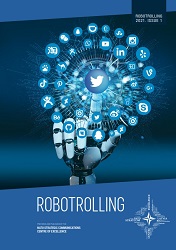
This quarter, we observed a significant drop in both authentic and inauthentic engagement with the topic of NATO in Poland and the Baltics. The number of bots and the volume of messages they disseminated decreased among both English- and Russian-language communities on Twitter and VK. Spikes in bot activity this winter coincided with NATO military exercises. Inauthentic accounts placed particular emphasis on unfounded claims of disorderly conduct among NATO soldiers and the alleged effects that military exercises have on local civilian populations. Throughout this period, inauthentic accounts also amplified claims of turmoil within the alliance and fears of military buildup along the border of Kaliningrad. While Russian-language bot activity was focused primarily on military affairs, English-language bot activity was centered on US affairs in the wake of the 2020 presidential election, particularly debates over how the Biden administration will impact US-Polish relations and transatlantic security more generally. In this issue of Robotrolling, we also discuss the steps Twitter has taken to protect its platforms from attempts to incite violence, organise attacks, and share misinformation following the riot at the US Capitol on 6 January 2021. This regulatory enforcement resulted in the removal of tens of thousands of accounts connected to QAnon conspiracy theorists. Our analysis is accompanied by a visualisation of the English-language accounts mentioning the NATO presence in Poland and the Baltics, demonstrating the impact these account removals will have on the information space.
More...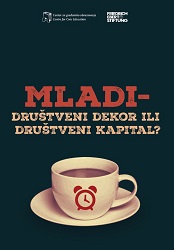
Projekat „Mladi u Crnoj Gori – društveni dekor ili društveni kapital?“ ima za cilj da doprinese osnaživanju mladih u Crnoj Gori i njihovom aktivnom učešću u promovisanje demokratskih vrijednosti na kojima se zasniva i Evropska unija. Preciznije, cilj ovog projekta je podizanje svijesti javnosti i zainteresovanih strana o pitanjima, problemima i perspektivi mladih u Crnoj Gori, kao i jačanje kapaciteta mladih za aktivno učešće u društvenim i političkim procesima. Značaj ovog projekta se ogleda i u činjenici da omogućava sveobuhvatan uvid u jednu od najmarginalizovanijih društvenih grupa u crnogorskom društvu o kojoj se često govori u javnom diskusrsu, ali čije potrebe, stavovi, razmišljanja i mogućnosti nisu adekvatno identifikovani, analizirani. Posljedično, sami mladi nisu dovoljno osnaženi da se suoče sa svim izazovima u pozicioniranju u društvu i obezbjeđenju svog uticaja na tekuće procese. Period odrastanja za mlade sam po sebi je prilično težak, čak i u stabilnim zemljama, dok u tranzicijskim društvima, kao što je crnogorsko, koja su obilježena drastičnim promjenama društvene stvarnosti to nosi dodatnu složenost. Društvena previranja sa kojima su mlade generacije odrastale ostavile su svoj pečat.
More...
This book aims to present the current research of scientists by bringing together studies related to sub-disciplinary areas specific to the basic field of educational sciences and teacher training. It has turned into a series in line with the intense demand from the academicians of this field. Our book aims to be a source of inspiration especially for academicians who want to conduct research in the field of educational sciences and teacher training. We also think that it can be used as a useful resource for readers. We would like to thank the authors and everyone who contributed to book's preparation.
More...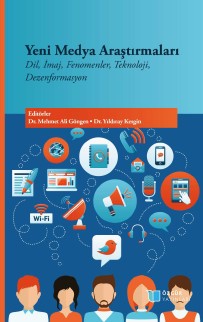
Communication Studies is an interdisciplinary field, as it touches on many fields. Communication studies, which cover a wide area inculding sociology, psychology, text analysis, women's studies, cultural studies, politics, law, cinema as other scientific fields, have evolved into a completely different dimension with the new media. In this digital society where the borders have disappeared, the field of communication studies has expanded and brought some problems with it. It has brought many innovations in terms of new media features and reinforced the power of the media. By adding technical power to synchronous and asynchronous communication, it has both facilitated and cheapened global communication. This has contributed to the production of communicative content for people of all ages in the new media environment. This has created a gigantic virtual information cloud. While new media technologies have massively changed the use of media technologies, they have also come a long way in analyzing the data they collect. Data analysis and analysis tools are more advanced than ever before in human history and show signs of further development. Human beings aim to artificially develop an intelligence that they can extract from themselves numerically, perhaps one in a billion. He finds it more beneficial to develop an artificial intelligence that does not forget what he has learned instead of a person who is enthusiastic of learning. It aims to use algorithms that learn all the information in the information cloud with machine learning in a very short time to answer questions that have not been answered before. These technologies have started to give their first mass products today. Softwares like ChatGPT offer society a not so new, but more practical communication environment. The algorithm, which analyzes the information cloud, easily presents the texts suitable for instant needs to the user. However, there is a point that should not be forgotten. The issue of analyzing existing content and creating a new content makes people question what is new in a philosophical sense. For example, when the Dadaism movement emerged, it had a brand new discourse by presenting a critique of the existing. Dadaism has written its name in history with golden letters. Will an algorithmic discourse be able to achieve this? Is this creativity unique to humans? Is it in the hands of artificial intelligence to say something new? Time will tell for these. This study, including questions about new media technologies, reflects this interdisciplinary feature of communication studies and aims to contribute to communication studies in this respect.
More...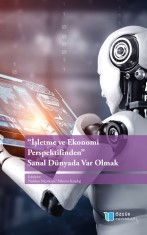
Technological developments that have entered our lives in the past 50-60 years are evolving in a way that will affect the social and economic structuring radically. Especially in the Covid-19 crisis that shook the whole world, the biggest support that ensures the continuation of the system has come from technology. After a very short time, a new intertwined with a virtual world. It is obvious that there will be an economic and social organization. The footsteps of this transformation are heard, as always, when businesses adopt the process and contribute. In this book, the current changes in economy, finance and marketing have been examined and it has been tried to explain what can be experienced with Metaverse, which is expected to create a great transformation in every moment of our lives in the coming period, and what kind of economic structuring may be in question. We would like to thank all of our colleagues who supported our book both with their writings and by sharing their academic knowledge and experience, and we hope that our book will contribute to the academic literature in this marriage process where technology and businesses are getting ready to live.
More...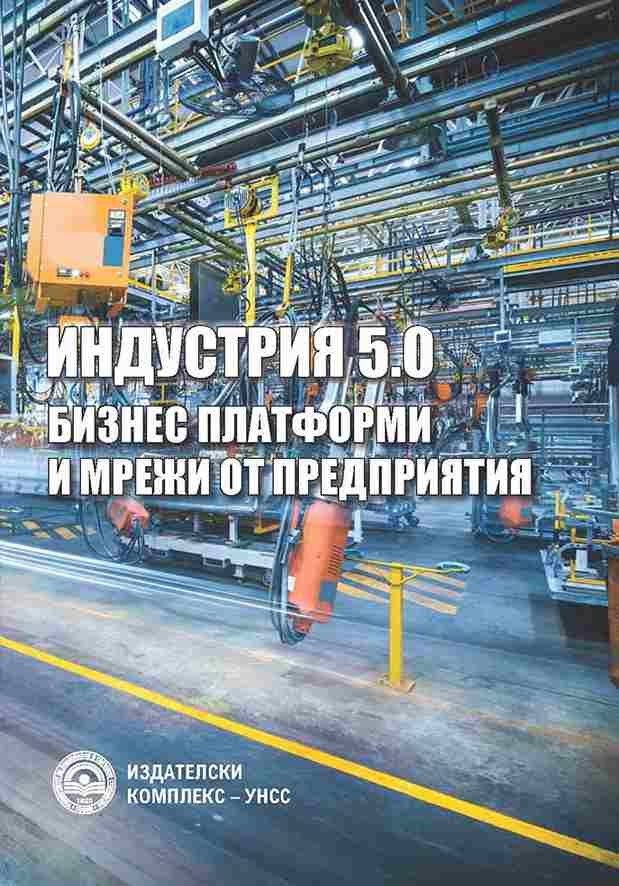
The study of the development of business platforms for information sharing is an issue of increasing importance in recent years as there has been a huge increase in the amount of information shared, including photos and video materials, between individual individuals. At the same time, business platforms are still accepted by companies as the "forbidden fruit" that everyone wants for themselves but not to share. The importance of social business platforms is justified by the fact that this issue covers the intersection of two main fields, especially important for a modern, economically rational society: knowledge, as permanent and significant information, which is acquired and used in making important economic and management decisions, on the one hand; information dissemination technologies, using modern tools and approaches, for example, social networks, on the other hand. Formulated in this way, the problem of combining knowledge as an approach to management of modern economic and social systems and tools, from a technical point of view, has not been the subject of more in-depth research either in Bulgaria or around the world. The significance of the researched problem is also expanded in the search for the combination of two different approaches to a new social and economic phenomenon: dissemination of information between individual social units through the sharing of knowledge, experience, photos, and video information. The liberalization of world markets, the dynamic development of new technologies, and the rapid growth of resources devoted to training and innovation turn knowledge into a basic production resource and a critical factor for the success of individual companies and countries, and the "knowledge economy" becomes a key word. Thus, with the development of information technology and its tools, we are witnessing a real revolution in the creation, distribution, accessibility, and use of knowledge. Knowledge has become the most valuable asset, with its own rules of existence and management. The more knowledge is added to a product, the more valuable it becomes. The conducted literary and applied research shows that both the attitude and the motivation to join business social networks depend on the use of Internet techniques and the digitalization of business. However, the relationship found and the real dependence are not so clear and/or so strong. The explanation is that social business networks are used similarly to traditional social networks. This leads to the fact that Bulgarian managers are too skeptical about the benefits of social business networks (or because of a lack of trust or unwillingness to share information or to be part of the information community), since many of them are offline: there are no emails, no corporate pages, no network profiles, etc. That being said, the real business digitization effort is the translation of business excellence from real business to the digital world. In summary, social business networks should be accepted as the natural evolutionary development of business digitalization. Accordingly, businesses must decide not whether to be part of these emerging global business networks, but how to join and which business networks to join, so as to derive maximum benefits for their future development.
More...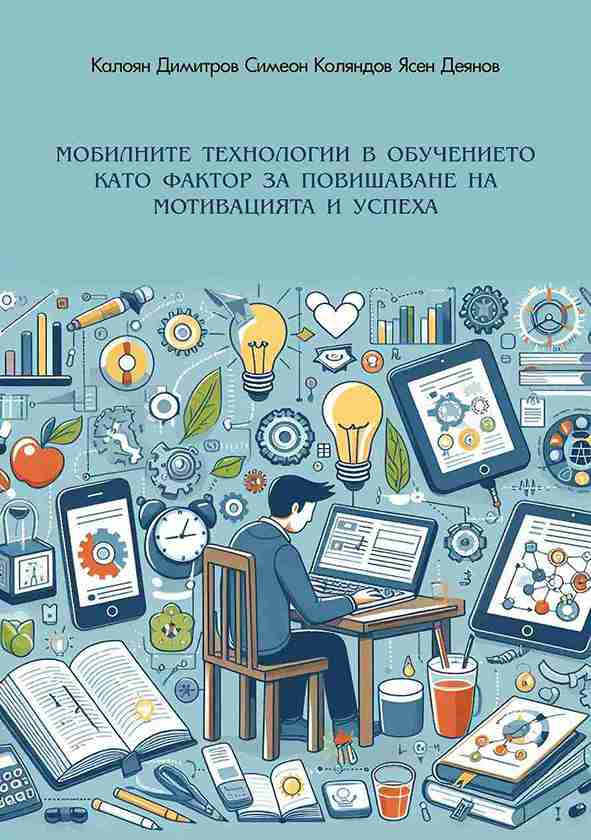
The research aims to uncover the richness of the application of modern mobile technologies in higher education to support the improvement of relationships and the effects of their use on students' intrinsic motivation and academic success. А research on the topic complements and extends empirical findings in educational field by (a) measuring used mobile technology and student motivation in learning; (b) analysing correlations in theoretical constructs “mobile technology” and “intrinsic motivation”; and (c) identifying statistically significant relationships, interactions and effects between used mobile technology in learning, motivation and academic success of undergraduate students at the University of National and World Economy (UNWE). The research framework adapts the application of Deci & Ryan's (2000) “Self-determination Theory” and Davis' (1989) “Technology Acceptance Model” by introducing the external variables “Value of Mobile Technology” and “Academic Success” into a general theoretical-empirical model. According to the results of an empirical study carried out on a sample of 200 students of the Business Faculty at UNWE, were 1) confirmed the three working hypotheses and the thesis of the study; 2) identified leading aspects in the use of mobile technology in learning; 3) identified important benefits of mobile technology in learning; 4) three sets of recommendations for research stakeholders: university and higher education faculty, relevant management of educational institutions and their students.
More...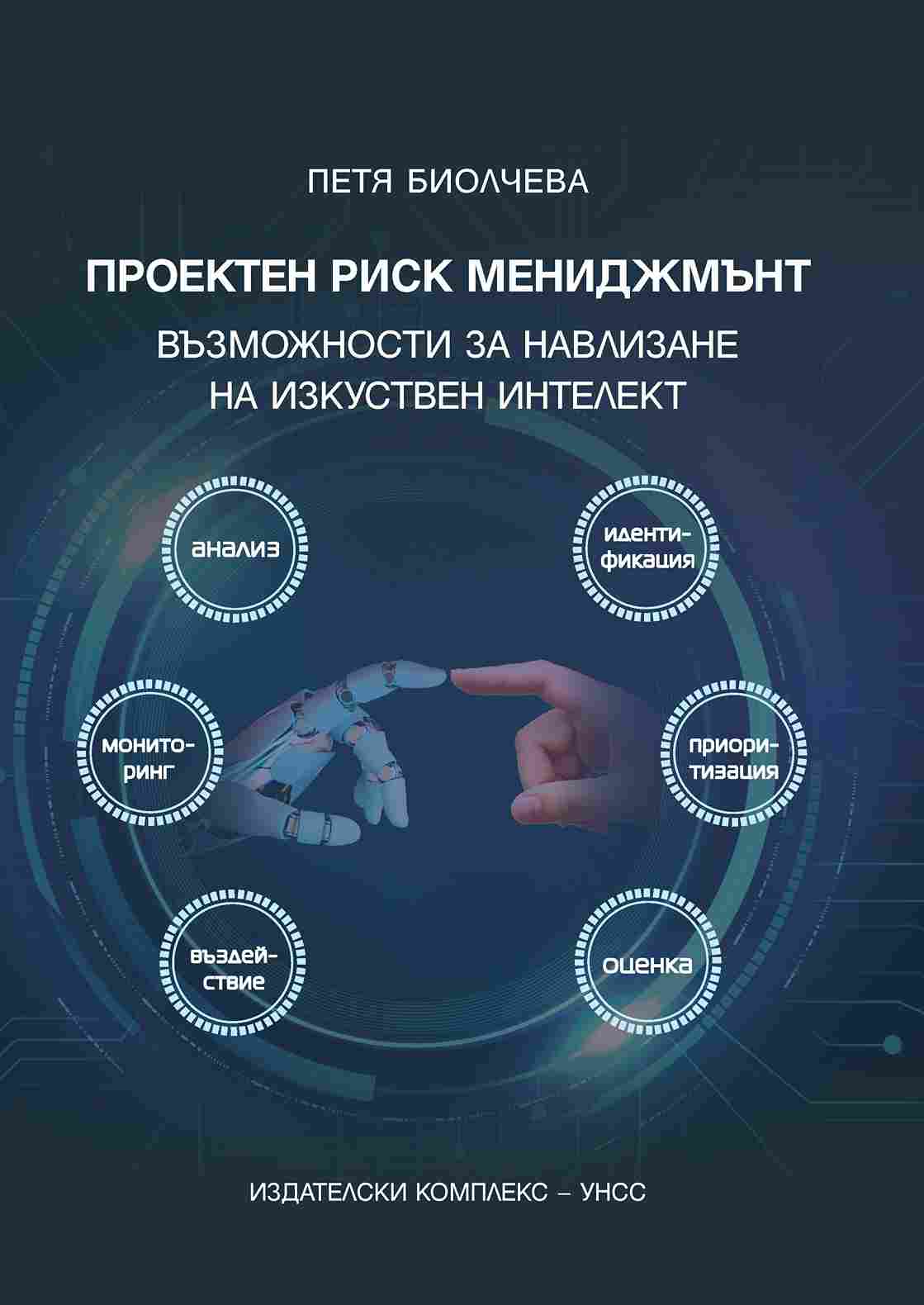
This book is aimed at anyone who wants to gain both basic knowledge and understanding of the key factors for successful risk management in projects. It provides guidelines for successfully navigating each of the stages of project risk management and, in combination with this, reveals the capabilities of artificial intelligence and its prospects in the overall process. By reading this book, you can learn details about using artificial intelligence in the project risk management process. The book aims to help project teams and stakeholders who want to improve project management, as well as achieve project goals through effective risk management.
More...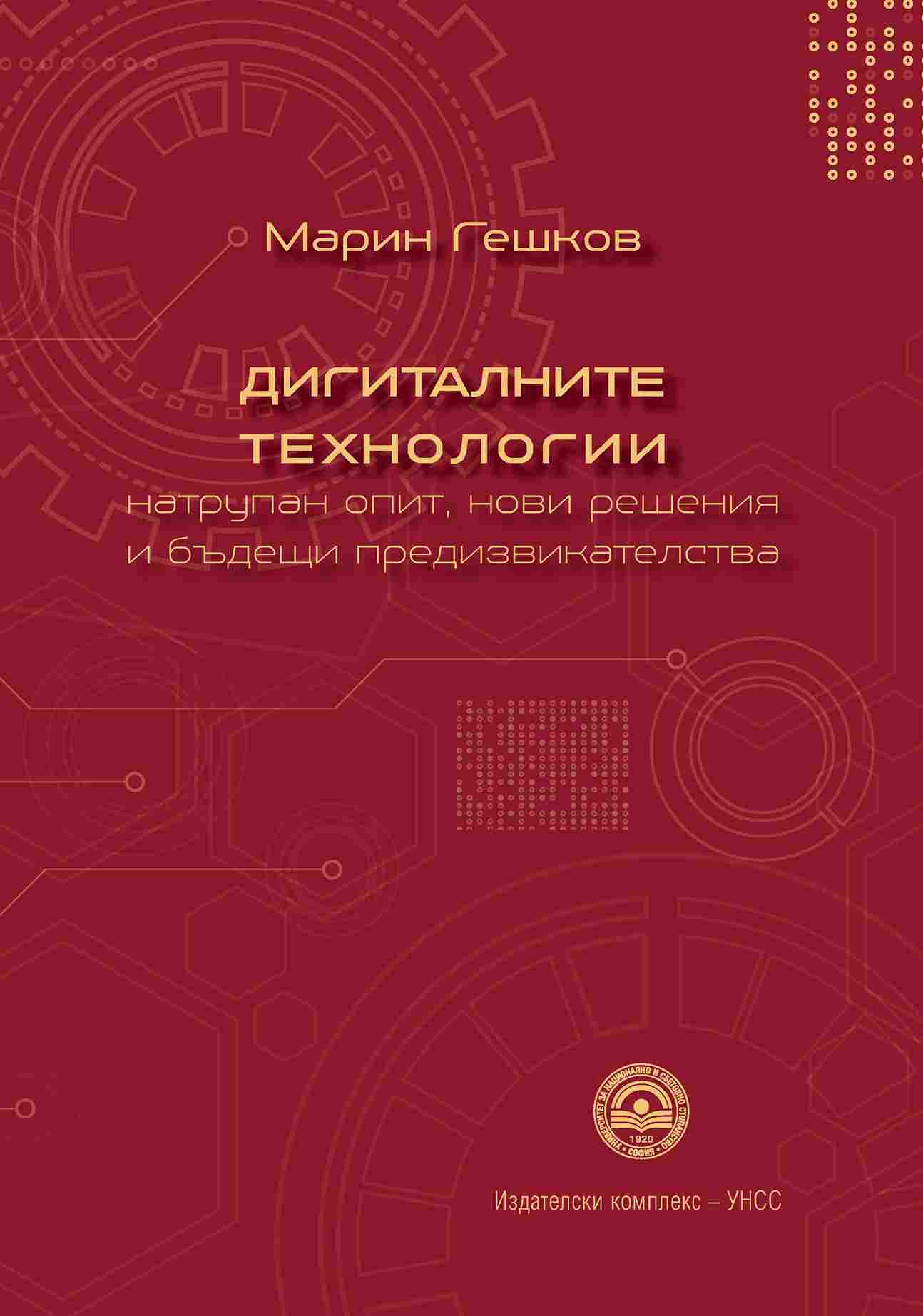
With the invention of the Internet and the appearance of personal computers in the early 1970s, the foundations of the so-called digital revolution or Third Industrial Revolution, which in its essence represents a transition from mechanical and analog electronics to digital electronics have been set. The digital revolution marks the beginning of the Information Age. Digitization is rapidly gaining momentum, and the conversion of analog information recording into digital data entry and its storage, distribution, and add-value creation is becoming the new standard in business and economics. Innovative technologies become a catalyst for growth. Half a century later, we are no longer talking about digitalization of the economy, but about the Fourth Industrial Revolution, intelligent solutions and the transformation of society from digital to a smart, people-oriented society. This monograph tends to address this need. In a multi-method approach based on a review of the current literature, the main terms related to digital technologies in the management and economic literature have been identified, namely: digital business model, digital technologies, digital innovation, digital transformation, digital marketing, digital advertising, e-commerce and digital entrepreneurship, digital society. Through an analysis of previous literature, a common understanding and definition of these terms, as well as their potential interrelationships, are derived.
More...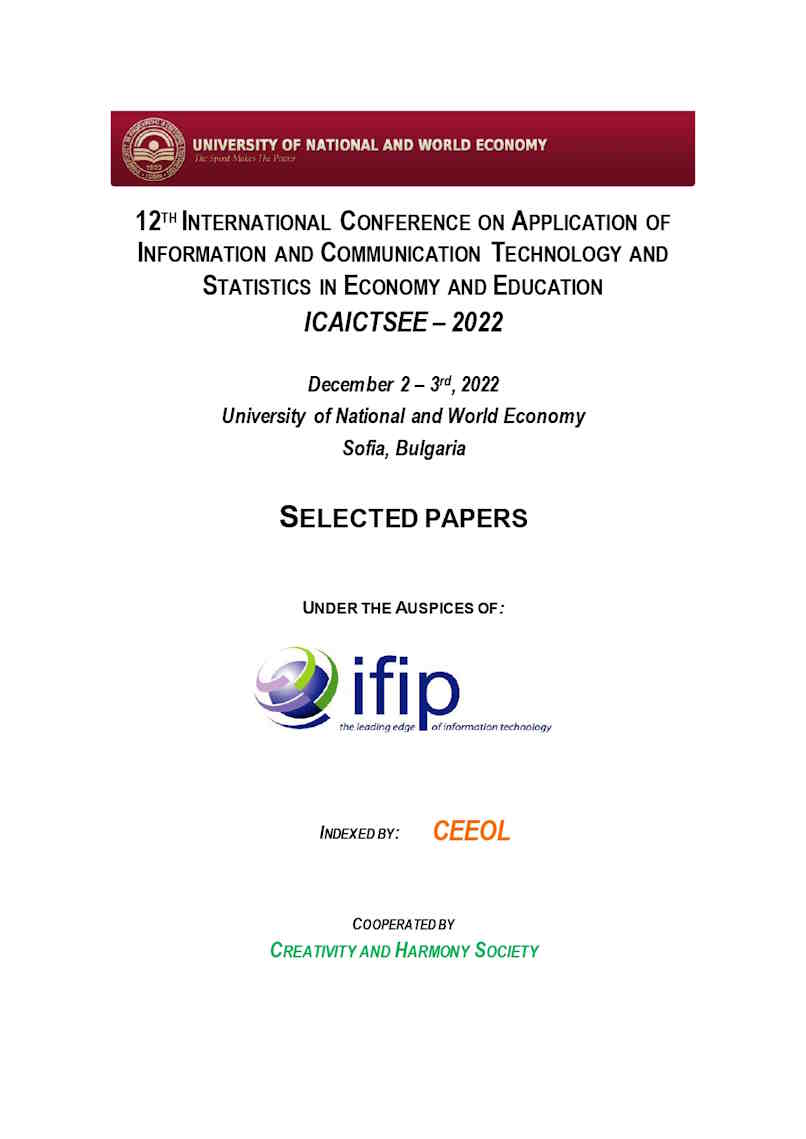
The 12th International Conference on Application of Information and Communication Technology and Statistics in Economy and Education (ICAICTSEE-2022), was held on December 2 and 3, 2022 at the University of National and World Economy (UNWE), Sofia, Bulgaria. During the conference, the results of the application of ICT in various fields of economy, education and related fields of scientific knowledge were presented, and certain advanced and emerging research trends of long-term significance were discussed. The conference was held under the auspices of the International Federation for Information Processing (IFIP).
More...